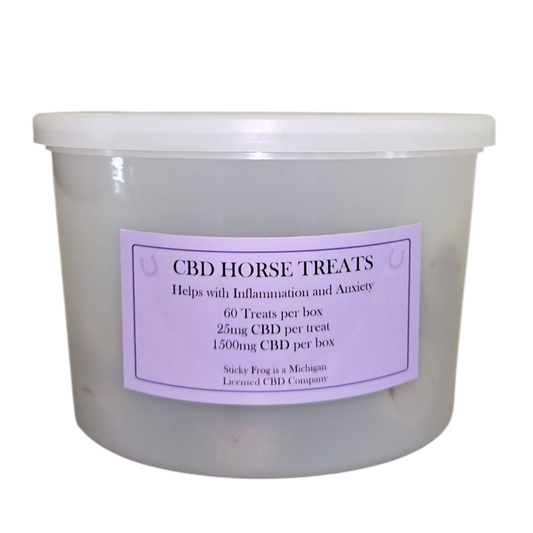Animals, much like humans, have unique metabolic differences that influence how they respond to CBD. When a particular animal does not seem to benefit from CBD, there are several possible physiological and metabolic explanations.
One key factor is the endocannabinoid system (ECS). Not all animals have the same density or function of ECS receptors. Some may have fewer CB1 or CB2 receptors, which reduces sensitivity to CBD. In fact, certain creatures, such as insects, lack an ECS entirely and would not respond at all.
Metabolism also plays a significant role. Animals with fast metabolic rates may break down CBD too quickly for it to take effect, especially those with high liver enzyme activity, like certain dog breeds or small mammals. On the other hand, cats metabolize CBD more slowly, meaning they often need lower doses but may experience effects for longer durations.
Another important consideration is first-pass metabolism. When CBD is taken orally—through treats, capsules, or oils—it is processed by the liver before reaching the bloodstream. This process can break down much of the CBD before the body can use it. Some companies, such as Sticky Frog Wellness, formulate their products with coconut oil to help CBD bypass the liver and enter the bloodstream more directly. Sublingual administration or transdermal application can also improve absorption by avoiding this digestive breakdown.
Species-specific enzyme activity further explains why responses differ. Variations in cytochrome P450 (CYP) liver enzymes influence how quickly CBD is metabolized. Dogs and horses tend to process CBD faster, requiring higher doses or more frequent administration, while cats process it more slowly, allowing smaller doses to last longer.
Because CBD is fat-soluble, body composition also matters. Animals with higher percentages of body fat may store CBD in fat cells before it reaches circulation. This can reduce its immediate effectiveness or delay its effects, leading to inconsistent results.
Tolerance and receptor desensitization can also occur. Some animals naturally require higher doses to see results, while others may become less responsive with frequent use as their ECS receptors adapt.
Finally, the method of administration and product quality cannot be overlooked. Some animals simply do not absorb CBD efficiently through the digestive tract. Topical CBD may only help with localized concerns, rather than systemic issues like anxiety or seizures. Additionally, low-quality CBD products, which may contain little active CBD or lack bioavailability, often fail to provide noticeable results.
Improving CBD effectiveness often comes down to choosing the right method and formulation. Sublingual oils generally provide better absorption than treats, and full-spectrum or broad-spectrum CBD tends to work more effectively than isolates due to the synergy of other cannabinoids. Adjusting dosage based on species, size, and individual metabolism is also essential. Over time, it is wise to monitor liver enzyme activity, as long-term CBD use can affect how animals process it.





